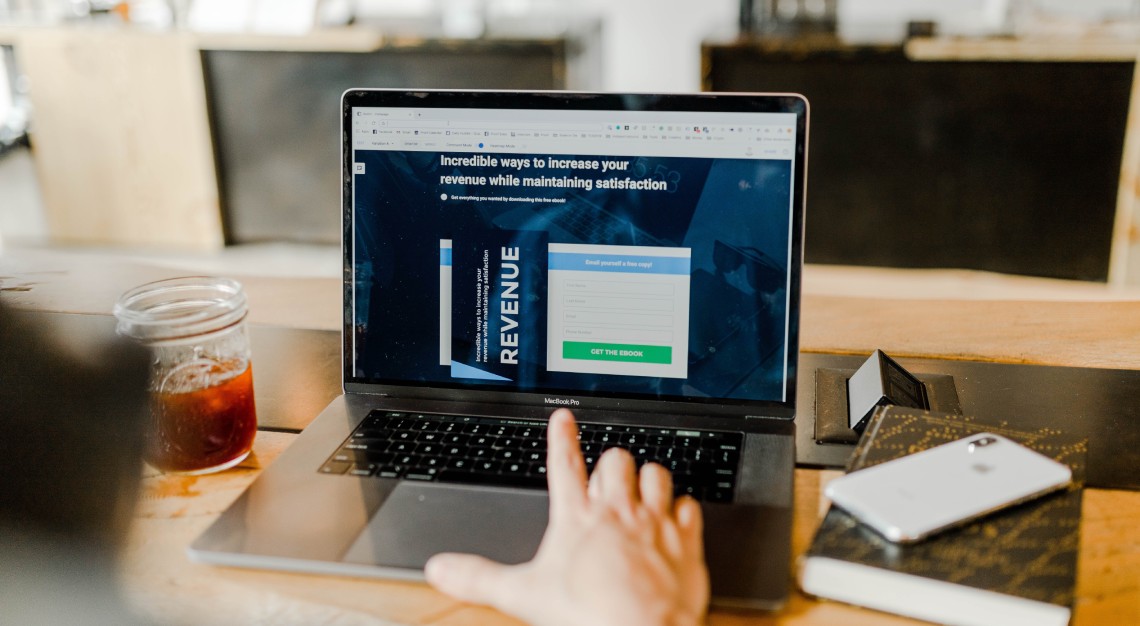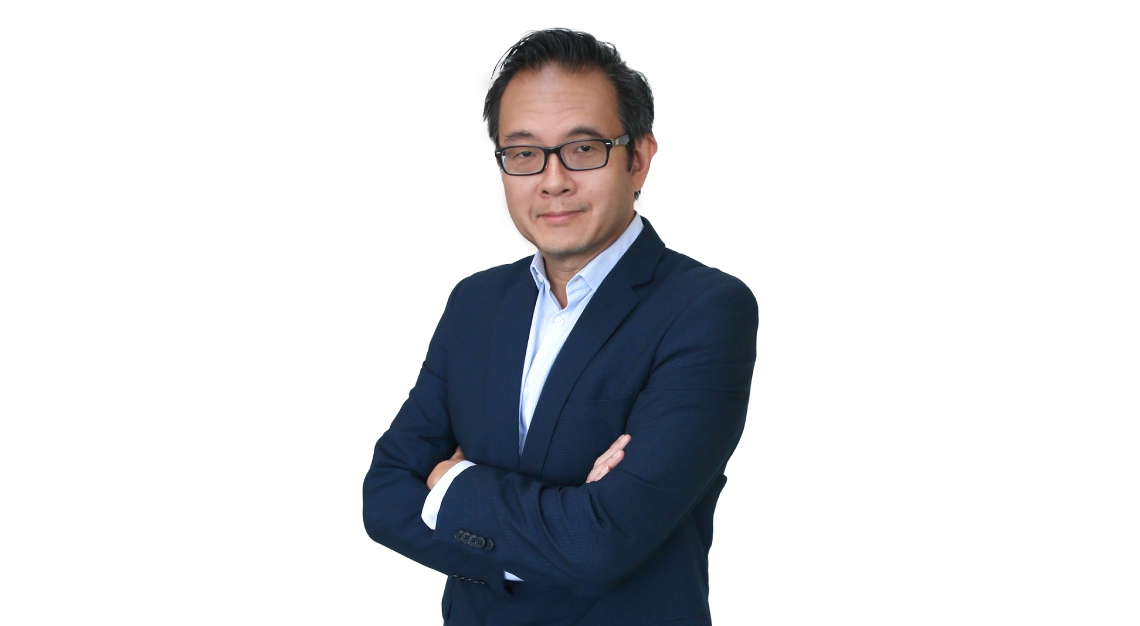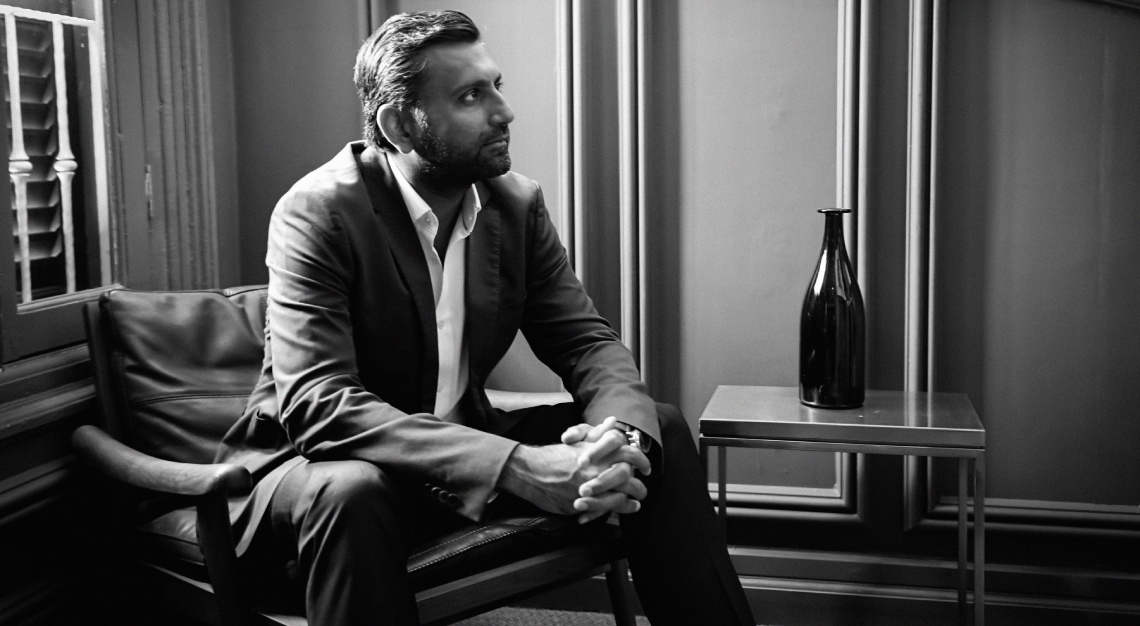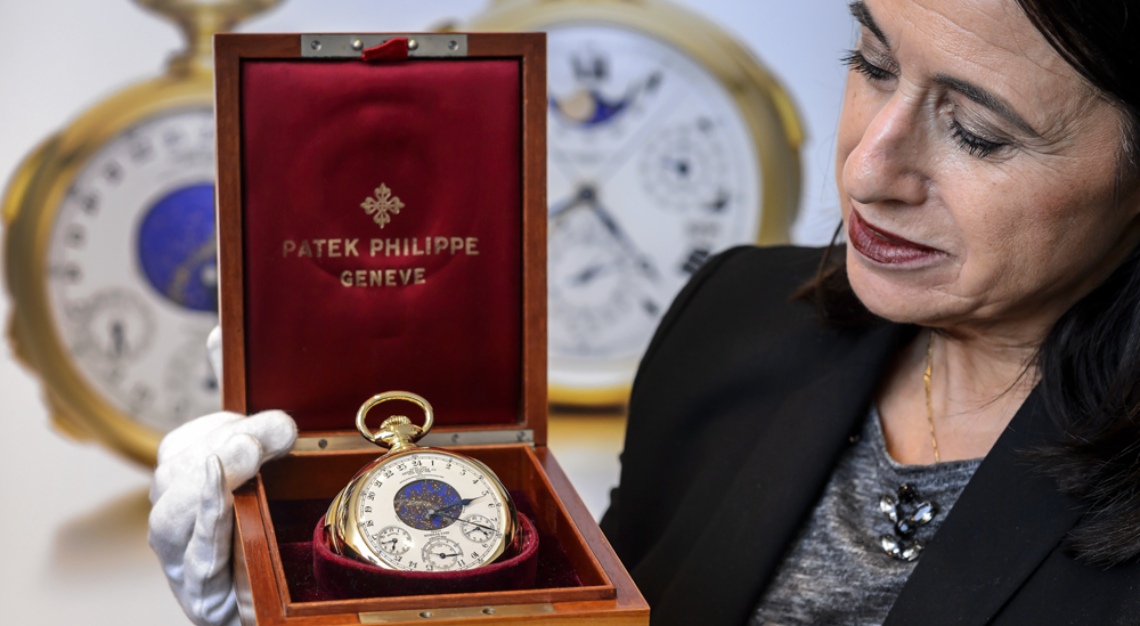Simon Lim, CEO of ZICO Asset Management Pte Ltd, describes the present disconnect between the prices of financial instruments and market realities, and what this means for market watchers
The global economy as a whole can’t seem to catch a break. COVID-19 already did a horrible number on the landscape—it has left nothing unmolested in its wake, but scorched vast swathes of nations and sectors to varying degrees of meltdown. Then, just as countries were beginning to dust themselves off and ready their “open” signs, the war in Ukraine stuck its ugly head into the global consciousness. It’s a local conflict unlike the veritable bar brawl that was WWI and II, but the globalised nature of the sanctions exacted by the USA and its Western allies has levied a great deal of punishment on the rest of the world, with folks in countries across the GDP range the likes of Spain, UK, Peru, Iran and Indonesia taking to the streets. As the very lifeblood of civilisation, rising energy prices cannot be circumvented by simply driving a Prius. Unlike a handout, the rising cost of energy is truly one metric that raises all boats, as people get ever less for what they lay out.
On top of this, the markets are a sea of red. Amid a deluge of business shutdowns and lost jobs, there was a giddy stampede to the top of the S&P 500 between March 2020 (2,304 points) and December 2021 (4,766 points). But, on 17 June, the index had tumbled to 3,674 points in the aftermath of the Federal Reserve’s raising of interest rates to their highest in 28 years in response to the worst period of inflation the US has seen since 1982.

Simon Lim, CEO of ZICO Asset Management Pte Ltd, describes the present disconnect between the prices of financial instruments and market realities, and what this means for market watchers: “The boom-bust market cycles in the last 30 years are narrowing with deeper troughs and higher peaks, within shorter time frames, causing more stress for investors who look for stability and safety. Central banks have completely disrupted age-old financial truisms with their own market actions such that there is game for traders who solely focus on predicting these governmental actions, over fundamental valuations.
“On top of that, the larger financial institutions have been very aligned, and some would say lemming-like, in their forecasts. I’ll argue that these are the main reasons why investing in stock markets have become very difficult with too many parameters and variables beyond the textbook fundamentals, that even the professional pundits often get it very wrong.”
Faced with changing rules of the game, investors are increasingly drawn to a different game, that of “alternative investments”. This refers to anything outside that relatively narrow band of traditional investments, namely publicly traded stocks, bonds and cash. Alternative investments aren’t very “alternative” at all then, in the sense that they encompass a much broader scope of investments than traditional, including precious metals, collectibles (classic cars and motorcycles, postage stamps, iconic timepieces, art), real estate, commodities, private equity, debt, hedge funds, venture capital, cryptocurrencies, NFTs… the list is long.

According to the Chartered Alternative Investment Analyst Association (CAIA), a global body of investment professionals specialised in alternative investments, the share of the global market commanded by alternative investments grew six to 12 per cent over a 15-year period, amounting to US$13.4 trillion in 2018, and is expected to grow between 18 to 24 per cent by 2025. The CAIA attributes this rapid growth to institutional investors such as pension funds and endowments seeking diversification and return opportunities, as well high-net-worth individuals.
Lim explains, “The argument for alternative assets is that whatever the markets look like, these assets retain value. Most traditional investments like stocks are based mainly on a projection of profits and growth in profits where the price is much more than the value of the company’s assets. Bonds are valued on the risk of a company not being able to repay their debt. I’d argue that alternative assets are more based on a basic intrinsic value derived out of their scarcity and their continuous interest and value to investors.”
Information and education is where the alternative investment professional comes in. And it could be fun, too—it’s arguably easier to connect with something one enjoys, than with an intangible number on a board
While they fall under the same banner, it is plainly obvious that the various forms of alternative investments largely bear little or no resemblance to one another. It’s a brave thing to buy a publicly traded stock without at least reading the company’s “About” page on the web, if not actually flipping through its annual report. Such disclosures are not always available for privately traded alternatives as there is no regulatory requirement for it. Buying a vintage Rolex without some awareness of the subtle variations between different references of the same model line is quite reckless. Information and education is where the alternative investment professional comes in. And it could be fun, too—it’s arguably easier to connect with something one enjoys, than with an intangible number on a board.
“At ZICO Asset Management, I am co-investing with my clients specifically in several types of alternatives. One is a whisky trading strategy where we earn return on single malt single cask trading. This is where we find opportunities of mispriced Scotch casks and trade for a return. This market is not well-documented, has limited participants and market makers allowing for good consistent return. And the worst that can happen in a trade like this? We may just be left with the finest and rarest whiskies from the best distilleries in Scotland,” adds Lim.
Pleasure aside, the salient point applies for every investment vehicle, without exception: what returns? Every type has its particular dynamic. Says Lim, “Recently, my client and I bought the most exquisite of whiskies: about 40 per cent allocation of the Gordon and Macphail’s Glen Grant 72 Year Old, which recently traded in Bonhams for US$126,000; quite a multiple from what we invested in 2020. We invest for our clients across the broader spectrum most of their money, with a specific sum parked away for those more interesting investments with a higher than 20 per cent return after fees. They are invested away from the traditional stocks and bonds, firstly to balance the risk on the portfolio away from the stock markets, and secondly to create higher and more reliable returns for the portfolio. Our star fund returned over 40 per cent per year in the last two years after fees, and our private debt and pre-IPO investments do 16 to 30 per cent per annum. These investments make the portfolio more lively.”
Diversification, anyone?






